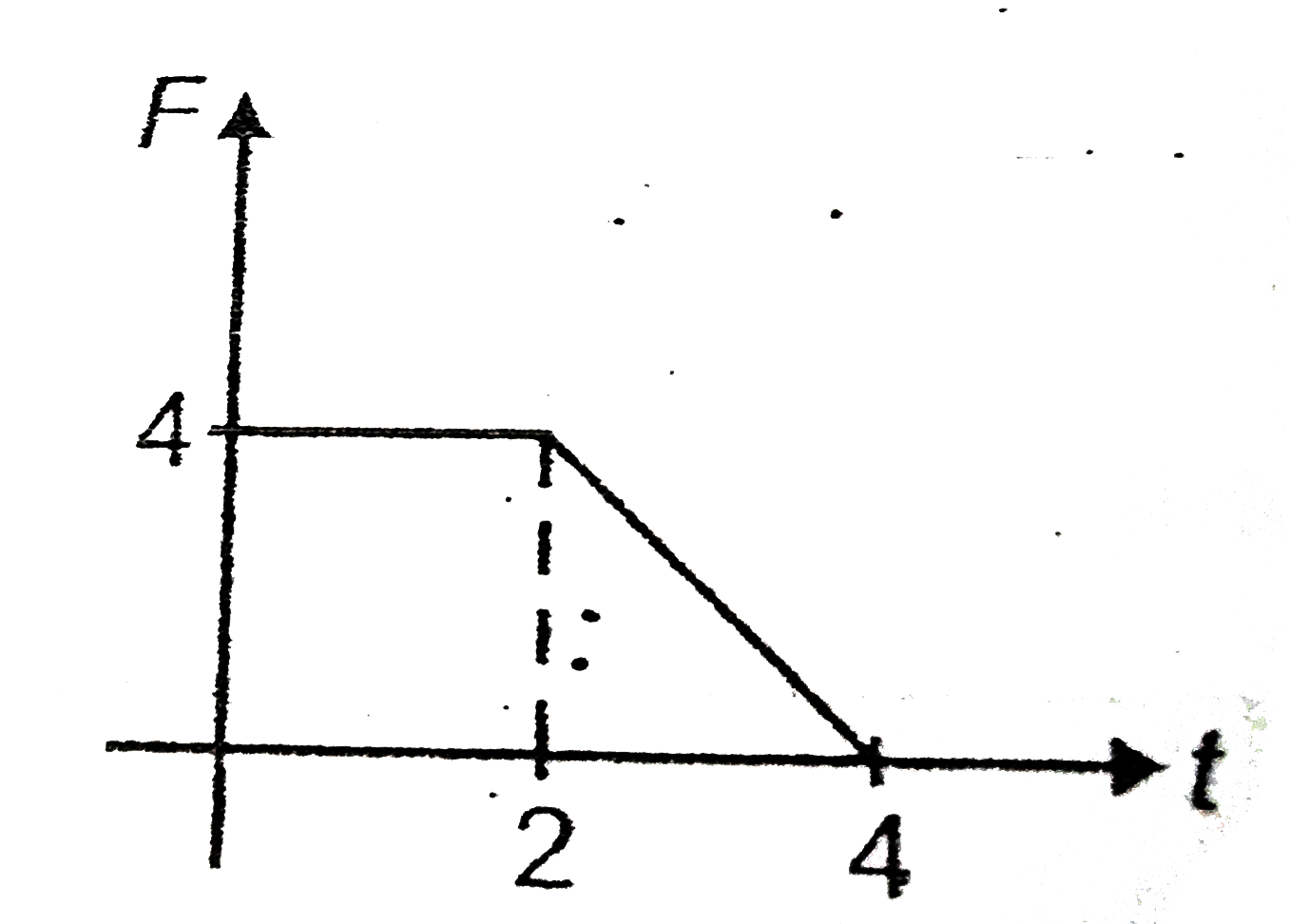A large force is acting on a body for a short time. The impulse imparted is equal to the change in
acceleration
momentum
energy
velocity
The correct Answer is:B
To solve the question, we need to understand the concepts of impulse and momentum.
1. Understanding Impulse:
- Impulse is defined as the product of the force applied to an object and the time duration for which the force is applied. Mathematically, it is expressed as:
Impulse=F⋅Δt
where F is the force and Δt is the time duration.
2. Relating Impulse to Momentum:
- According to the impulse-momentum theorem, the impulse imparted to an object is equal to the change in momentum of that object. This can be expressed as:
Impulse=Δp
where Δp is the change in momentum.
3. Understanding Change in Momentum:
- Momentum (p) is defined as the product of the mass (m) of an object and its velocity (v):
p=m⋅v
- The change in momentum (Δp) can be expressed as:
Δp=pfinal−pinitial=m⋅vfinal−m⋅vinitial
4. Conclusion:
- From the above relationships, we conclude that the impulse imparted to a body is equal to the change in momentum of that body. Therefore, the correct answer to the question is:
Impulse imparted is equal to the change in momentum.
Final Answer:
The impulse imparted is equal to the change in momentum.
---
- Impulse is defined as the product of the force applied to an object and the time duration for which the force is applied. Mathematically, it is expressed as:
Impulse=F⋅Δt
where F is the force and Δt is the time duration.
- According to the impulse-momentum theorem, the impulse imparted to an object is equal to the change in momentum of that object. This can be expressed as:
Impulse=Δp
where Δp is the change in momentum.
- Momentum (p) is defined as the product of the mass (m) of an object and its velocity (v):
p=m⋅v
- The change in momentum (Δp) can be expressed as:
Δp=pfinal−pinitial=m⋅vfinal−m⋅vinitial
- From the above relationships, we conclude that the impulse imparted to a body is equal to the change in momentum of that body. Therefore, the correct answer to the question is:
Impulse imparted is equal to the change in momentum.
The impulse imparted is equal to the change in momentum.
Topper's Solved these Questions
- LAWS OF MOTIONBOOK - MTG GUIDECHAPTER - LAWS OF MOTIONEXERCISE - NEET CAFÉ (TOPICWISE PRACTIVE QUESTIONS) (LAW OF CONSERVATION OF LINEAR MOMENTUM AND ITS APPLICATIONS)
6 Videos
- LAWS OF MOTIONBOOK - MTG GUIDECHAPTER - LAWS OF MOTIONEXERCISE - NEET CAFÉ (TOPICWISE PRACTIVE QUESTIONS) (EQUILIBRIUM OF CONCURRENT FORCES)
7 Videos
- LAWS OF MOTIONBOOK - MTG GUIDECHAPTER - LAWS OF MOTIONEXERCISE - AIPMT /NEET (MCQ)
24 Videos
- KINEMATICS BOOK - MTG GUIDECHAPTER - KINEMATICS EXERCISE - AIPMT/ NEET MCQs
31 Videos
- MOTION OF SYSTEM OF PARTICLES AND RIGID BODY BOOK - MTG GUIDECHAPTER - MOTION OF SYSTEM OF PARTICLES AND RIGID BODY EXERCISE - AIPMT / NEET (MCQs)
37 Videos
Similar Questions
Knowledge Check
A force is acting on a body. The body will move with
Auniform velocity,Buniform accelerationCuniform retardation,DNone of these.The impulse on a particle due to a force acting on it during a given time interval is equal to the change in its
AforceBmomentumCwork doneDenergyAn unbalanced force acts on a body. The body
Amust remain at restBmust move with uniform velocityCmust be acceleratedDmust move along a circle
A constant force of 2 N acts on a body for 5 seconds to change its velocity. The change in its momentum is ______.
View SolutionThe magnitude of force (in Newtons) acting on a body varies with time (in micro second) as shown in the figure. The magnitude of total impulse of the force on the body from t = 4μs to t = 16μs is –

View SolutionIf no force acts on a body, it will
View SolutionIf the net force acting on a body is zero then the body is said to be in
View SolutionA number of forces acting on a body changes velocity of the body. The forces are
View Solution

